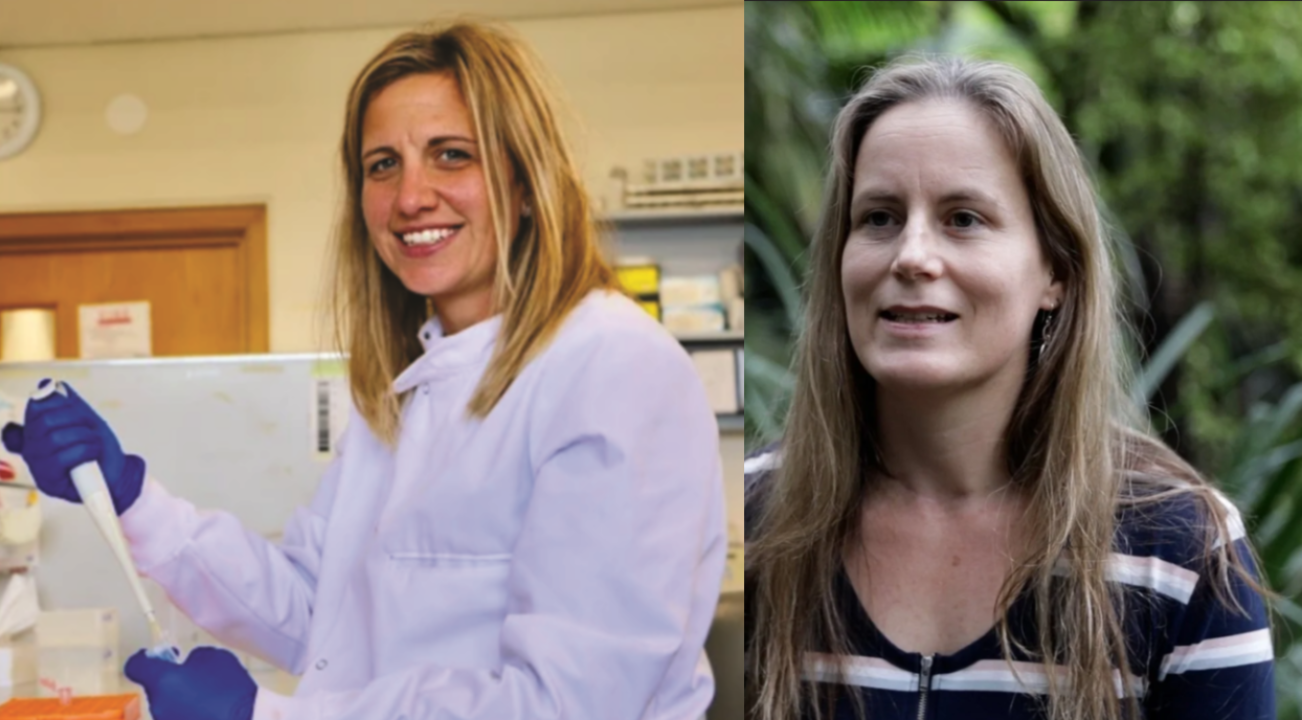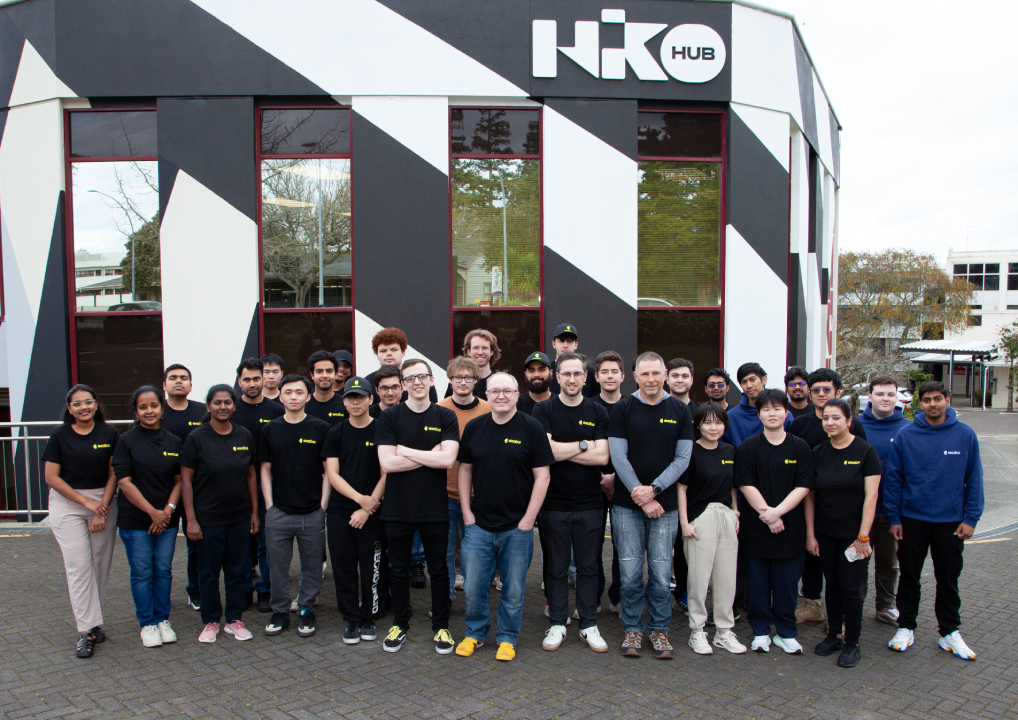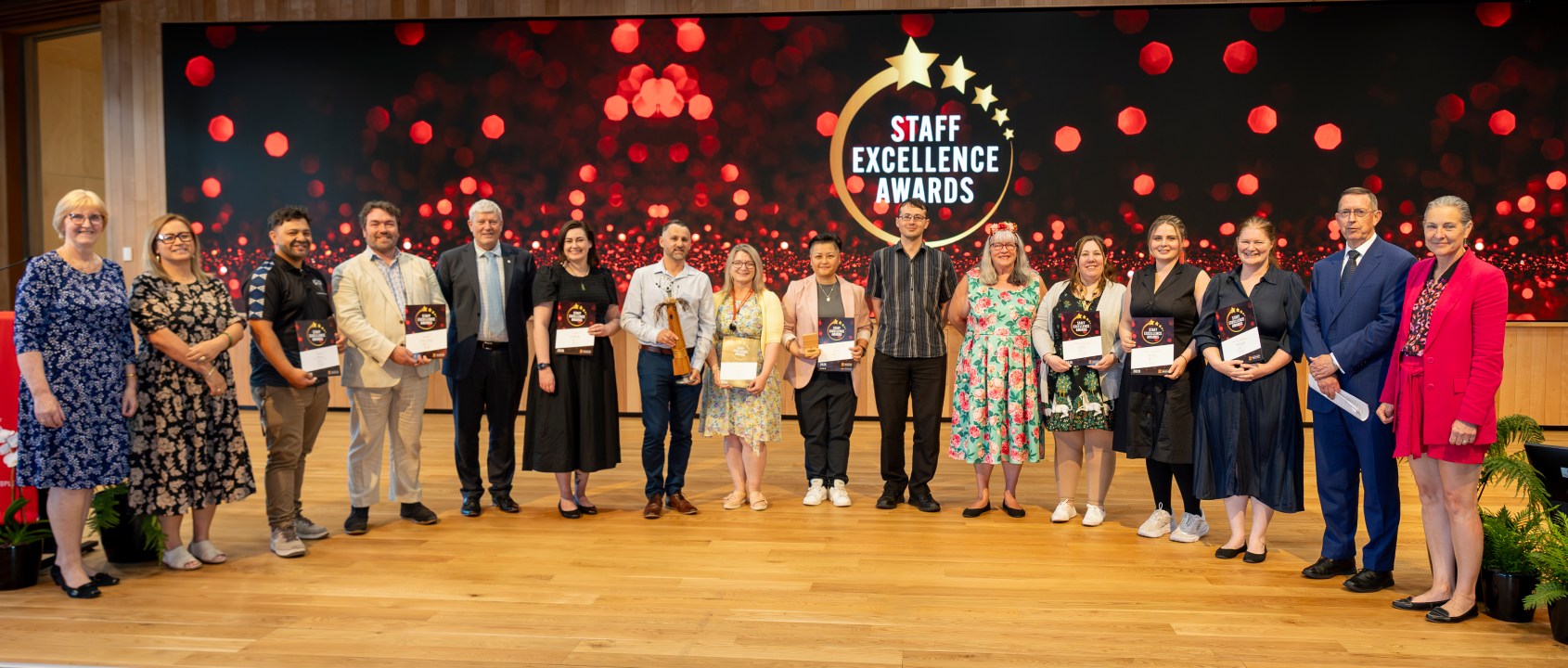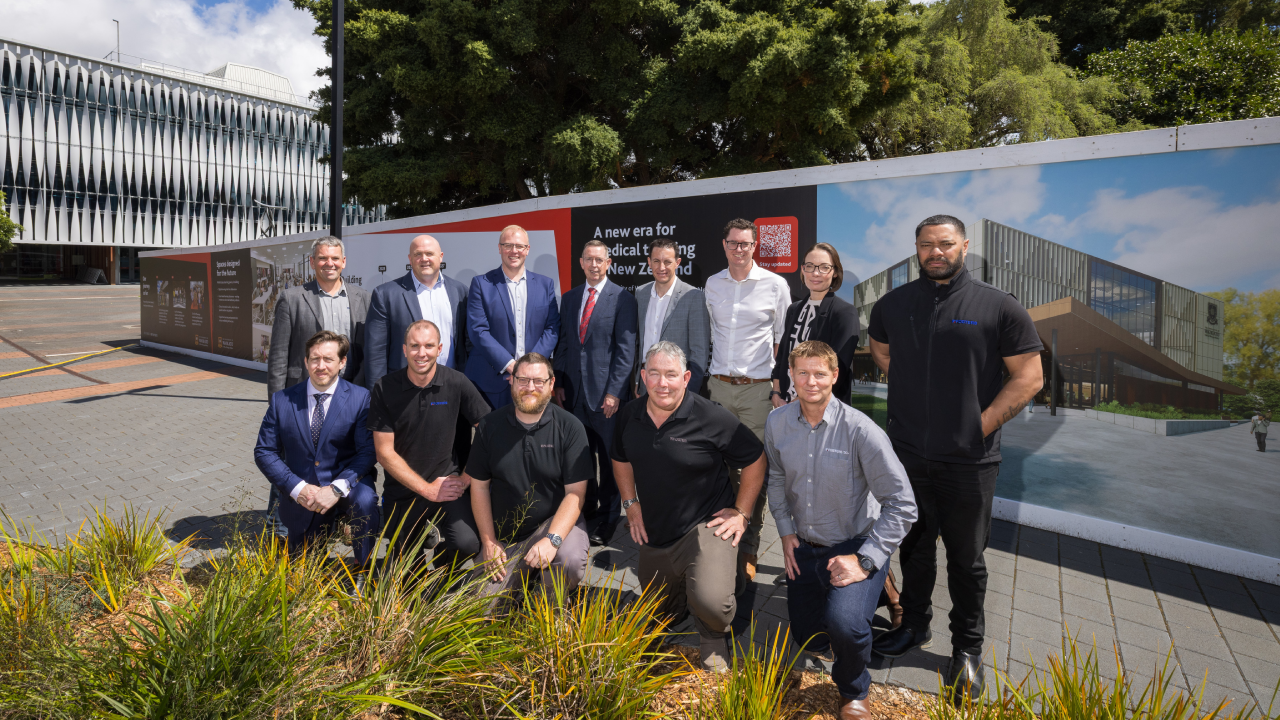Two projects at the University of Waikato have been awarded funding for work to reduce the exposure and vulnerability of homes to natural hazards.

Senior Lecturer in Climate Change Dr Luke Harrington, and a separate team led by Professor of Environmental Planning Dr Iain White and Senior Lecturer in Environmental Planning Dr Xinyu Fu, have been awarded Earthquake Commission (EQC) funding under the Toka Tū Ake EQC University Research Programme 2024.
Understanding how homeowners perceive and manage risk around extreme rainfall and flooding
When buying a home many of us look to past extreme events to see if a location is ‘safe’. But Dr Luke Harrington says that in a changing climate with rainfall intensification, this is going to be an increasingly poor way to perceive risk and prepare for future risk.
 Dr Luke Harrington.
Dr Luke Harrington.
“We tend to consider the upper limits of recent floods as a proxy for the worst-case scenario. But our world is changing so future scenarios could be much worse.”
Dr Harrington’s research will look at people's recent memories around extreme events, and historic rainfall data and past extreme events nationwide. This will be used to model plausible, record-shattering rainfall events that could occur over the next several decades at different locations.
“We want to ensure that homeowners and decision makers continue to build resilience based on evidence rather than thinking biased by recent disasters (or particularly a lack thereof).”
It is anticipated that the end data could be included in the EQC risk portal.
Dr Harrington will also collaborate with stakeholders to see how the information can be developed into storytelling scenarios to support and better prepare people.
“This project represents a crucial step towards building community resilience in a rapidly warming climate.”
Including land use policy and development practice to model future hazard risk
 Left to right: Dr Sandi Ringham, Dr Rob Bell, Professor Iain White, Dr Xinyu Fu and Dr Silvia Serrao-Neumann.
Left to right: Dr Sandi Ringham, Dr Rob Bell, Professor Iain White, Dr Xinyu Fu and Dr Silvia Serrao-Neumann.
Hazard mitigation research focuses on understanding how hazards, such as flooding, may change over decades. But current methods fail to consider that urban development and the way we use land will look different in the future.
However, new research by the University of Waikato, will ensure we are better equipped for the future by applying property development practice, and regulation decisions to future hazard risk models.
A team made up of Professor Iain White, Dr Xinyu Fu, Dr Silvia Serrao-Neumann, Dr Sandi Ringham and Dr Rob Bell say this research fills an important gap and will provide a more complete understanding of how regulation and land development practice can impact risk exposure over long timeframes.
“There’s a pressing need for innovation in how we understand and model future residential growth to better link it to future hazards. Understanding the effects of different policies on future risk means we can make smarter decisions on where and how cities grow,” said Professor White.
The researchers will engage directly with the people and agencies concerned with urban development, to understand why they build the kinds of things they do where they do, and importantly, how policy changes affect their decision making.
The findings will be used to create a modelling tool to enable the simulation of different future residential land-use patterns under different hazard scenarios.
It will be of interest to a range of stakeholders including iwi, central government, insurers and property developers.





